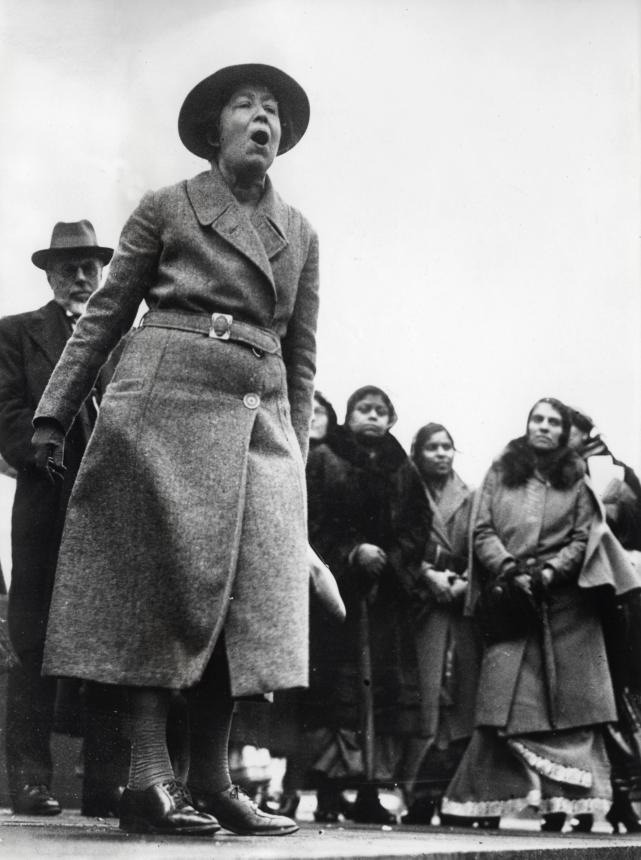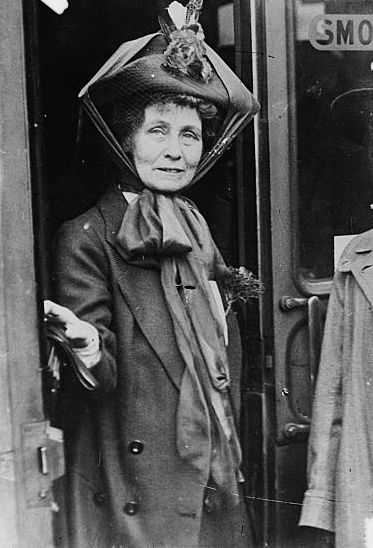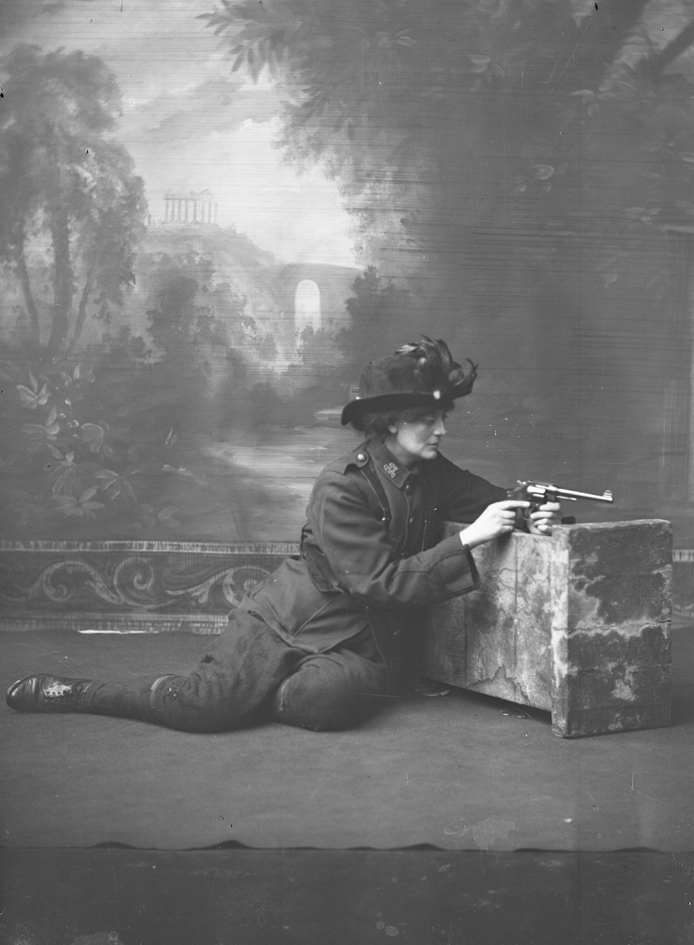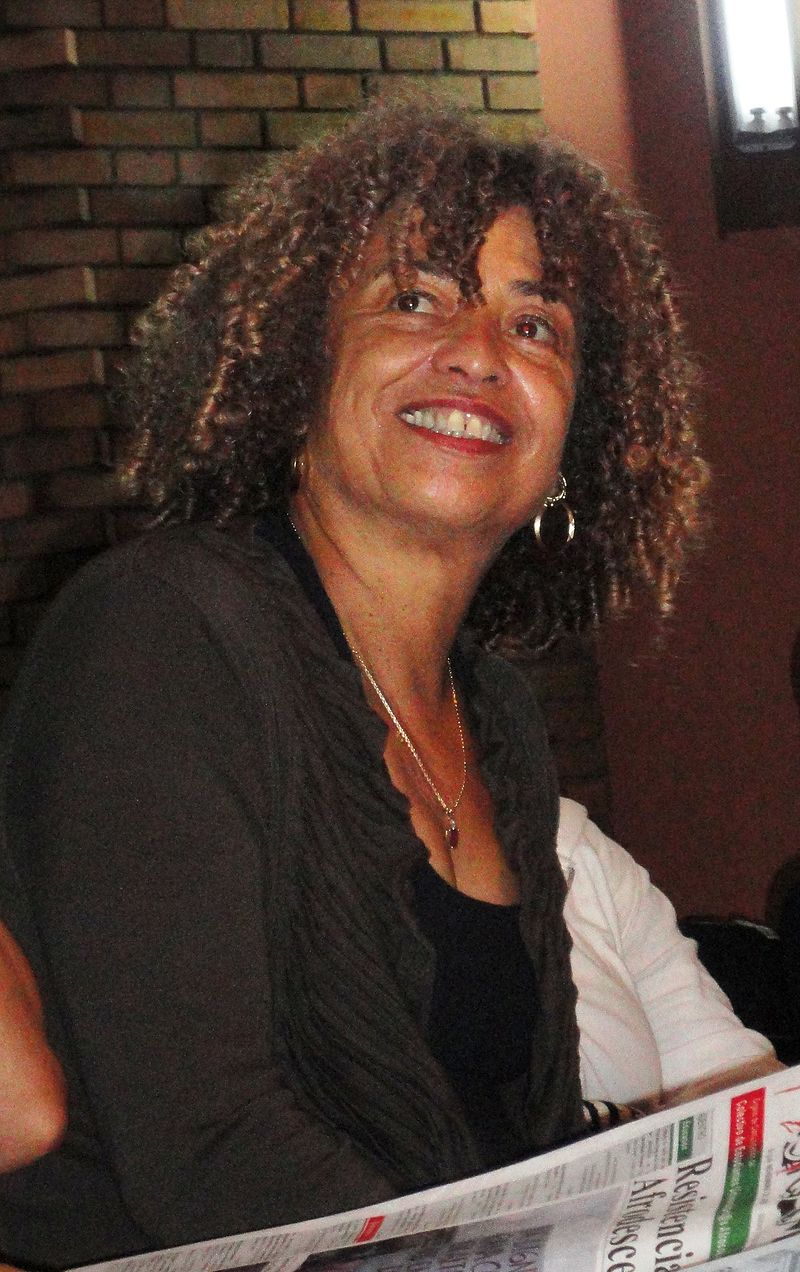100 years of votes for some women
by Frieda Park
The 100th anniversary some women getting the vote in parliamentary elections was heralded with a media fanfare and gatherings of the great and the good. Much of this lauded middle class leaders of the suffrage movement, neglecting the working class women and socialist campaigners who fought for the vote.
What was also under-reported were the restrictions which limited the number of women who actually got the vote and, significantly, that it was the first time that all men got the vote at the age of 21. Prior to that working class men were excluded by property/wealth requirements.
The 1918 Act gave the vote to women over the age of 30 if they were a registered property occupier or married to a registered property occupier with a rateable value greater than £5. They were also entitled to vote if they were a university graduate in a university constituency. It was 10 years later that all women got the right to vote on the same basis as men.
It was not until 1948 that one person one vote was introduced with the abolition of the right of graduates and business owners to extra votes.
So far unremarked upon was that 1918 also saw the election of the first woman to the House of Commons, Constance Markievicz who stood for Sinn Féin. Markievicz was sentenced to death along with the other leaders of the Easter Rising in Ireland but had her sentence commuted to life imprisonment because she was a woman. As Sinn Féin do not recognise the legitimacy of the UK parliament she did not however take up her seat. Whilst living in Britain she was an active campaigner for votes for women.
THE RIGHT TO VOTE AND THE WORKING CLASS
Throughout Britain in the late 19th and early 20th centuries women were employed in factories and mills and were integral to the working class. Women formed trade unions and campaigned round issues like shorter working hours, better pay and also the right to vote. It was from these movements of working women in Europe and the United States that International Women’s Day was born, with its first official celebration in 1911. Early socialist pioneers also advocated for women’s rights including the right to vote. Working class women saw obtaining the vote as a means of achieving their other social and economic goals.
There was economic and political unrest among the whole working class at this time, not only in Britain but across Europe. Opposition to the First World War was growing and in Glasgow there was the victorious rent strike lead by working class women (see also 1915: remembering a rent strike victory, The Socialist Correspondent Issue 31). 1917 saw the Russian revolution overthrow capitalism and establish socialism, the ultimate expression of working class power.
Faced with these challenges the British ruling class opted to try to head off increasingly militant extra-parliamentary struggles by extending the franchise. Since then it has attempted to manage (and lower) working class expectations through parliamentary politics and co-opting its party, the Labour Party. The high point of this strategy was the triumph of Tony Blair, New Labour and the removal of the commitment to socialism from the Labour Party’s constitution. But the working class, however low its expectations, still needs someone to champion it and New Labour moved too far away from that role. Now a hundred years on we are seeing a challenge to managed, consensus politics with Jeremy Corbyn’s Labour Party posing an alternative to austerity and confrontational foreign policy.
GENDER CLASS AND THE VOTE
The relationship between class, gender and other forms of discrimination and oppression which are rife in capitalist society is perhaps not discussed as much as it should be. Attempts to do so are sometimes met with stiff opposition from the liberal establishment who portray any mention of class as somehow undermining a commitment to women’s rights and the struggle for equality.
Describing herself as a socialist and a feminist, Laura Pidcock, the new Labour MP for North West Durham, was criticised when she said she would not “hang out with Tory women” who are “no friends of mine” and “an enemy to lots of women”.[1]
In response Conservative MP Kemi Badenoch said: "For us, a woman in power is more important than lots of women taking orders from men."[2] Pidcock was also predictably upbraided in the Guardian by Anne Perkins who sanctimoniously instructed her that: “there are Tory feminists Laura”[3] Despite the tut-tutting from the Guardian, one imagines that Pidcock’s remarks were uncontroversial back in her constituency where its mines and steel industry were laid waste by the Tories under our first female Prime Minister, Margaret Thatcher.
Whatever the credentials of these so-called Tory feminists they do not extend to lifting the burden of austerity which falls unequally heavily on their working class “sisters”.
For working class women cuts to benefits, poor and unequal pay, lack of child care and rising prices for basic goods mean that their enemy is not men so much as the system which imposes these conditions on them. That women are more badly affected by austerity makes these economic and political struggles women’s issues, but they are also issues that they have in common with working class men. Whilst challenging discrimination from men, women taking the lead in campaigning round the issues that affect them is critical to undermining those backward attitudes. It is harder to maintain that women are in any way inferior when confronted by the likes of Mrs Barbour’s Army. Whilst engaging in battles round issues affecting women, men can come on side too as they are also affected by the same issues. A class approach challenges discrimination and builds unity and equality rather than seeking division.
In her essay, Revolution and Womankind: on Clara Zetkin’s Selected Writings, Angela Davis says: “Working-class and racially oppressed women confront sexist oppression in a way that reflects the real and complex objective interconnections between class exploitation, racist oppression, and male supremacy. Whereas a white middle-class woman’s experience of sexism incorporates a relatively isolated form of this oppression, working-class women’s experiences necessarily place sexism in the context of class exploitation and Black women’s experiences further incorporate the social factor of racism.”[4]
For some middle class feminists like Badenoch and Perkins there is a sisterhood that transcends class, however, working class women cannot change their circumstances by indulging such illusions. Identity politics, a term which belittles the oppression of women and the effect it has on their lives, can have negative consequences. Putting gender first or denying the centrality of class oppression can lead to supporting women because they are women and not for their policies. Hilary Clinton’s campaign tried to mobilise on that basis, but was asking women and men to support a female candidate who was a war-mongering neo-liberal. This is not a kind of politics that will advance the cause of women and in fact will set it back. Bernie Sanders as Democratic Presidential candidate in the US would have been preferable to Clinton. An anti-austerity government under Jeremy Corbyn will do more for women than the Tories under Teresa May.
THE PANKHURSTS
The Pankhursts, or at least a couple of them, were prominent in the mediafest round votes for women. Whilst Emmeline and her daughter Christabel received the most publicity as leaders of the suffragette movement and founders of the Womens Social and Political Union (WSPU) the two other daughters of the family were virtually ignored. Sylvia and Adela Pankhurst were socialists active in the working class movement and both became estranged from their mother. Along with tactical differences they both felt that the movement had to adopt a more socialist and working class orientation taking up other issues central to the lives of working class women such as wages, housing and working conditions. Both split from the Womens Social and Political Union, with Sylvia’s group being expelled. She went on, with working class women in the area, to set up the East London Federation of Suffragettes.
More or less shipped off to Australia by her mother, Adela went on to be a founder of the Communist Party of Australia though she later espoused anti-communist and extremely right wing views.
Sylvia had also been active in communist politics, but parted company as she took an ultra-leftist stance at odds with the Communist Parties polices. She was active in the working class communities of the East End of London setting up cheap restaurants, a toy factory and offering legal advice to women. Political differences with her mother strained their relationship but she was cut off completely by Emmeline for the crime of having a child outside wedlock. She campaigned against the Italian invasion of Ethiopia, eventually moving to the country. When she died there in 1960 she was given a state funeral.
Emmeline had been a founder member of the Independent Labour Party but moved far from those roots to become an enthusiastic supporter of the First World War, encouraging women to play their part in sending their menfolk off to be slaughtered. She and Christabel mobilised the WSPU to support the war effort. Emmeline stood for election as a Conservative Party candidate in 1927.
[1] 3 young female MPs on life in parliament – Samantha Magnus 10/8/17 https://www.refinery29.uk/2017/08/167058/female-mps-2017
[2] The independent – Lucy Pasha-Robinson 24/8/17 https://www.independent.co.uk/news/uk/politics/laura-pidcock-labour-mp-tory-never-friends-conservative-party-a7910156.html
[3] https://www.theguardian.com/commentisfree/2017/aug/24/denouncing-tories-laura-pidcock-mp-westminster
[4] In Women, Culture and Politics – Angela Y Davis. The Women’s Press 1990

1932: Sylvia Pankhurst in Trafalgar Square opposing British policy in india

1915: Emmeline Pankhurst boarding a train.

Constance Markievicz photographed in uniform with a gun

Angela Davis






